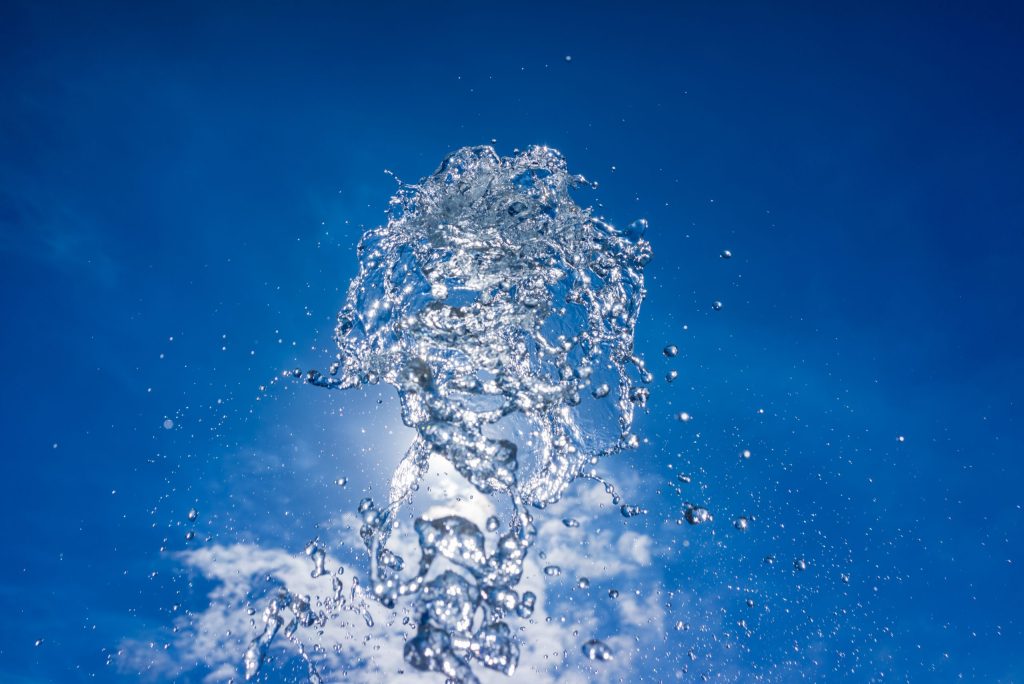Water is a life-sustaining resource, and for those who depend on private wells for their daily needs, understanding the intricacies of their water system is important. Among the various aspects that contribute to the efficiency and reliability of a well, the static water level stands out as an often overlooked component. It’s a reflection of the well’s health and its ability to provide a consistent water supply. Understanding this water level is pertinent information for well owners to ensure their systems operate smoothly and sustain them for years to come.
Understanding Static Water Level
This water level is the depth at which water stands during undisturbed conditions. This baseline measurement is used for determining the well’s capacity and planning the placement of the pump. Additionally, this serves as a key indicator of a well’s health. A stable level suggests a well-balanced aquifer, while fluctuating levels can signal potential problems, affecting both the quantity and quality of water available. For instance, a dropping static water level can lead to increased concentrations of minerals and contaminants, highlighting the importance of monitoring and maintaining this critical aspect of your well system.
Factors That Influence Static Water Level
Several factors can impact static water levels, and understanding these can help well owners manage their water resources more effectively:
Natural Factors
Seasonal Variations: Droughts or heavy rainfall can cause significant fluctuations. During dry periods, the level may drop as the groundwater is depleted, while during wet seasons, it may rise due to increased recharge of the aquifer.
Geological Factors: The type of soil and rock formations in the area can influence the rate at which groundwater is replenished and how it moves through the aquifer. Porous rocks and soils allow for easier water flow, while denser materials can restrict it.
Groundwater Flow: The direction and speed of groundwater flow can also affect the static water level. In areas where groundwater flows rapidly, the level may be more stable, while in areas with slow flow, it may be more susceptible to changes.

Physical Factors
High Water Usage: Excessive pumping of water for residential, agricultural, or industrial purposes can lead to a decrease in the static water level, especially during times of low precipitation.
Nearby Construction: Construction activities, such as digging, drilling, or blasting, can disrupt the natural flow of groundwater and lead to changes.
Other Wells in the Vicinity: The presence of other wells nearby can create competition for the same groundwater resources, potentially affecting the static water level in your well.
Land Use Changes: Urbanization, deforestation, and changes in land use can alter the natural recharge of groundwater and impact the static water level.
Monitoring and Maintaining Your Static Water Level
Regular monitoring is critical. It’s recommended to check it at least once a year or more frequently if there are significant changes in water usage or local conditions. Maintaining a stable level involves managing water usage, especially during dry spells, and being mindful of activities that could impact the aquifer.
Responding to Changes in Static Water Level
If you notice a significant change in your water level, it’s important to act promptly. First, verify the change with repeated measurements. If the shift persists, consider consulting a professional to assess the situation and recommend appropriate actions. This might include adjusting the pump depth, water conservation measures, or investigating potential external impacts on the aquifer.
Trust A1 Well Drilling for Your Well Maintenance Needs
Maintaining your well’s static water level is important for a reliable water supply. If you’re concerned about your well’s performance or need professional advice, A1 Well Drilling is here to help. With over four decades of experience and a commitment to customer satisfaction, our team of experts is equipped to handle all your well drilling and maintenance needs. Trust us to ensure your well operates efficiently for years to come. Contact us today to learn more about our services.
Static Water Level FAQs
What is static water level?
The static water level is the depth at which water stands in a well when no water is being pumped out, representing the water level under normal, undisturbed conditions.
Why is the static water level important?
This water level is crucial for determining the well’s capacity, efficiency, and quality of the water. It serves as an indicator of the well’s health and the aquifer’s balance.
What factors can influence the static water level?
Factors include natural elements like seasonal variations, geological formations, and groundwater flow, as well as human activities such as high water usage, nearby construction, and the presence of other wells.
How often should I check my well’s static water level?
It’s recommended to check the water level at least once a year or more frequently if there are significant changes in water usage or local conditions.
What should I do if I notice a significant change in my static water level?
If a significant change is observed, verify it with repeated measurements. If the change persists, consider consulting a professional to assess the situation and recommend appropriate actions.






